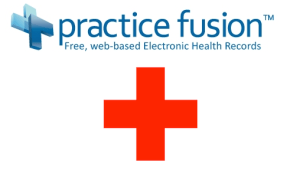With the new ruling in place those that will not have/purchase health insurance will be subjected to additional taxes.
The court ruled that Congress has the power to compel individuals to purchase insurance as a tax on people who do not have health insurance.
...the court ruled that Congress has the power to compel individuals to purchase insurance as a tax on people who do not have health insurance.
The important piece of information is that with this legislation passed the number of affordable options to purchase an insurance coverage will hopefully increase. As part of the overall process to better healthcare NY State is already working through a Medicaid redesign program. The ultimate objective is of course to prevent illness from developing and spreading by implementing more of preventive measures. Annual visits as well as other precautions can result in decreased number of admissions into the hospital and shorter waiting time in the Emergency room. Having an insurance coverage enables every one of us as a patient to take care of our health not in the time of crises but continuously by maintaining a healthy lifestyle.
The landmark decisions end two years of legal uncertainty and clear the way for full implementation of the 906-page law. Doing so includes establishing insurance exchanges in each state, prohibiting insurance companies from discriminating against the sick, and requiring nearly all Americans to prove on their income taxes that they carry health insurance starting in 2014.
"Today's historic decision lifts a heavy burden from millions of Americans who need access to health coverage. The promise of coverage can now become a reality,” said American Hospital Association President and CEO Richard Umbdenstock in a statement. “The decision means that hospitals now have much-needed clarity to continue on their path toward transformation.”
The insurance industry's national interest group, America's Health Insurance Plans, released a statement reiterating its position that “universal coverage” was essential to avoiding significant increases in cost and decreases in choices for health insurance.
There is a slight downside of course, as per Karen Ignagni, but with the absence of the pre-existing condition clause alone the disruption of coverage can be reinstated.
“The law expands coverage to millions of Americans, a goal health plans have long supported,” AHIP President and CEO Karen Ignagni said in a statement, “but major provisions, such as the premium tax, will have the unintended consequences of raising costs and disrupting coverage unless they are addressed.”For original Article - click here
The court, however, did strike down part of the reform law's mandated expansion of Medicaid. Congress had aimed to expand the insurance program for the poor by at least 16 million people, but the court ruled that Congress did not have the power to cut off Medicaid funding for states that refused to comply with the law's eligibility rules.
The law said that states "must either accept a basic change in the nature of Medicaid or risk losing all Medicaid funding," Roberts wrote. "The remedy for that constitutional violation is to preclude the federal government from imposing such a sanction … As a practical matter that means states may now choose to reject the expansion; that is the whole point. But that doesn't mean all or even any will.”
To download 193 page opinion and dissent document (PDF) produced by the Congress - click here








